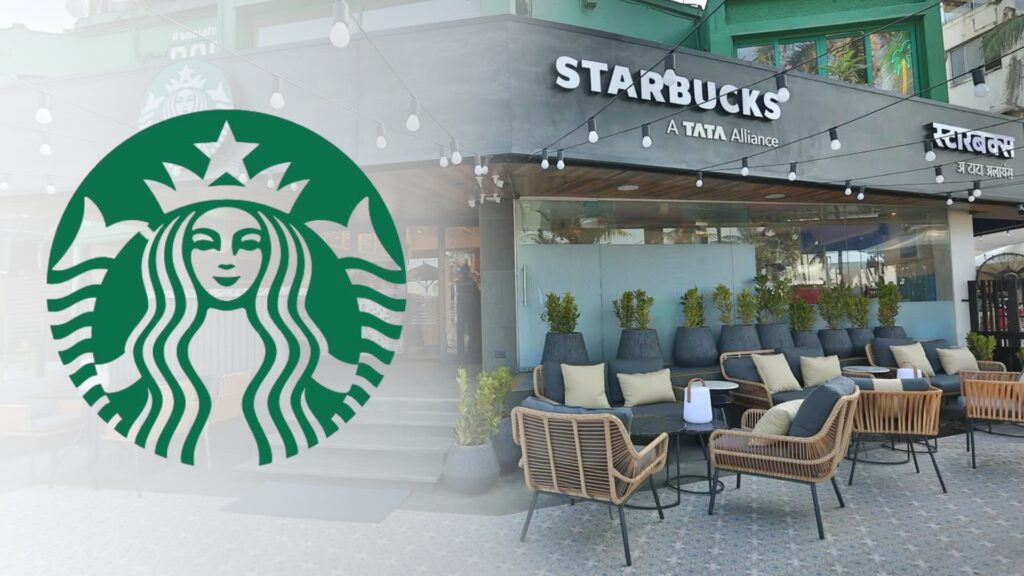
When you think of grabbing a coffee, Starbucks is likely the first name that comes to mind. With over 40,000 stores across 87 countries and a revenue of $36.18 billion in 2024, Starbucks has set the gold standard for coffee chains worldwide. From its cozy, welcoming stores to its iconic drinks, it’s become more than just a coffee shop it’s a global lifestyle brand. But in the ever-evolving world of coffee, there’s a new challenger on the block, and it’s brewing up some serious competition: Luckin Coffee.
Starbucks’ rise began in 1971 in Seattle, where it introduced the idea of premium coffee in a social, community-driven setting. The brand’s success comes from more than just great coffee it’s about creating a space where people can connect, work, or unwind. Over decades, Starbucks has built an empire that stretches from busy urban centers to quiet corners of the world. It’s been a steady force in coffee culture, shaping how we think about our daily cup of joe.
However, the coffee game is changing, and new players are stepping up to the challenge. Enter Luckin Coffee, a Chinese startup founded in 2017 that has quickly made a name for itself. Rather than following Starbucks’ brick-and-mortar model, Luckin focused on a tech-savvy, delivery-first approach, catering to China’s fast-paced, digitally connected population. With its mobile app, online ordering, and heavy reliance on delivery, Luckin has become a favorite for those who want their coffee on the go. Its strategy of offering discounts and loyalty rewards has also struck a chord with the price-conscious customer.
By 2023, Luckin outpaced Starbucks in China, reaching $3.45 billion in annual revenue compared to Starbucks’ $3.16 billion. What’s particularly impressive is how quickly Luckin rose to the top, thanks to its deep understanding of local consumer behavior and the power of technology. It’s a reminder that innovation, rather than tradition, is sometimes the key to success.
Even as Starbucks faces stiff competition, it continues to lead the global coffee scene. The brand has responded by embracing new trends, like mobile ordering and faster service, and by introducing new menu items such as matcha lattes to keep up with changing tastes. Starbucks is also making big moves in emerging markets, like India, where its partnership with Tata Group has made it the country’s largest branded coffee chain.
Yet, as Luckin continues to expand, the competition between the two is far from over. Luckin’s rapid rise in China and its future plans for global expansion are a clear indication that the coffee world is more dynamic than ever. The game is no longer just about serving coffee it’s about connecting with customers in new, creative ways.
In the end, the rivalry between Starbucks and Luckin is more than just about numbers it’s about how they each capture the hearts of coffee lovers. Whether it’s the cozy vibe of a Starbucks store or the convenience of a Luckin app order, both chains are reshaping the way we experience our daily coffee. And as new trends continue to emerge, the future of coffee promises to be even more exciting, with endless possibilities for innovation and competition.









